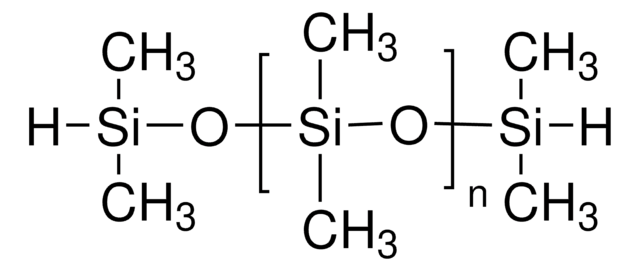Wichtige Dokumente
481688
Poly(dimethylsiloxan), bis(3-aminopropyl)-terminiert
average Mn ~2,500
Synonym(e):
PDMS
About This Item
Empfohlene Produkte
Spezifische Aktivität
0.6-0.8 meq/g (Amine number)
Mol-Gew.
average Mn ~2,500
Brechungsindex
n20/D 1.410
Viskosität
50 cSt(lit.)
bp
>200 °C (lit.)
Dichte
0.98 g/mL at 25 °C (lit.)
SMILES String
C[Si](C)=O.C[Si](C)(O)CCCN
InChIKey
LYVFZZVBTQSOBI-UHFFFAOYSA-N
Suchen Sie nach ähnlichen Produkten? Aufrufen Leitfaden zum Produktvergleich
Allgemeine Beschreibung
Anwendung
Lagerklassenschlüssel
10 - Combustible liquids
WGK
WGK 3
Flammpunkt (°F)
Not applicable
Flammpunkt (°C)
Not applicable
Persönliche Schutzausrüstung
Eyeshields, Gloves
Hier finden Sie alle aktuellen Versionen:
Besitzen Sie dieses Produkt bereits?
In der Dokumentenbibliothek finden Sie die Dokumentation zu den Produkten, die Sie kürzlich erworben haben.
Kunden haben sich ebenfalls angesehen
Artikel
Dr. Tan and researcher introduce recent trends in Self-healing Soft Electronic Materials and Devices. The emergence of smart, functional SHPs will be highly beneficial to the advancement of the next-generation self-healing soft electronic devices. Autonomously self-healing devices could help to minimize the need for repair or replacement of electronics and machines, potentially reducing the cost of materials and reducing electronic waste.
Advances in the area of soft optoelectronics, with a focus on the development of organic optoelectronic devices on shape memory polymers (SMP) is discussed.
Self-assembled monolayers (SAMs) have attracted enormous interest for a wide variety of applications in micro- and nano-technology. In this article, we compare the benefits of three different classes of SAM systems (alkylthiolates on gold.
Unser Team von Wissenschaftlern verfügt über Erfahrung in allen Forschungsbereichen einschließlich Life Science, Materialwissenschaften, chemischer Synthese, Chromatographie, Analytik und vielen mehr..
Setzen Sie sich mit dem technischen Dienst in Verbindung.
![Poly[dimethylsiloxan-co-(3-aminopropyl)methylsiloxan] eq. wt. 4,400 Amine](/deepweb/assets/sigmaaldrich/product/structures/427/354/e688e87b-f9db-4070-9e27-fccd23c1dfaa/640/e688e87b-f9db-4070-9e27-fccd23c1dfaa.png)

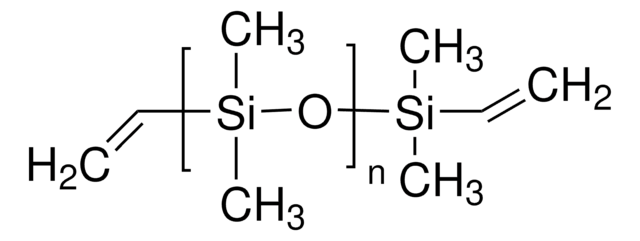

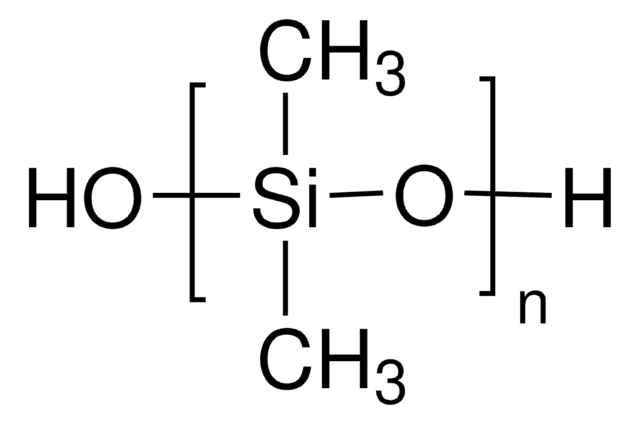
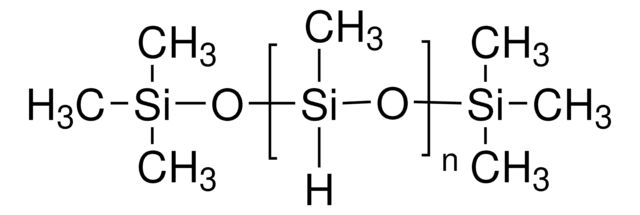

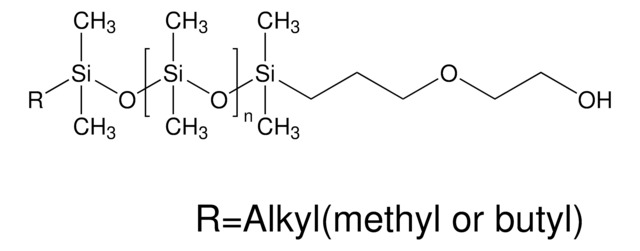
![Poly[dimethylsiloxan-co-[3-(2-(2-hydroxyethoxy)ethoxy)propyl]methylsiloxan] viscosity 75 cSt (lit.)](/deepweb/assets/sigmaaldrich/product/structures/142/744/ce645067-4d95-4655-9be5-fbd480b436c7/640/ce645067-4d95-4655-9be5-fbd480b436c7.png)
